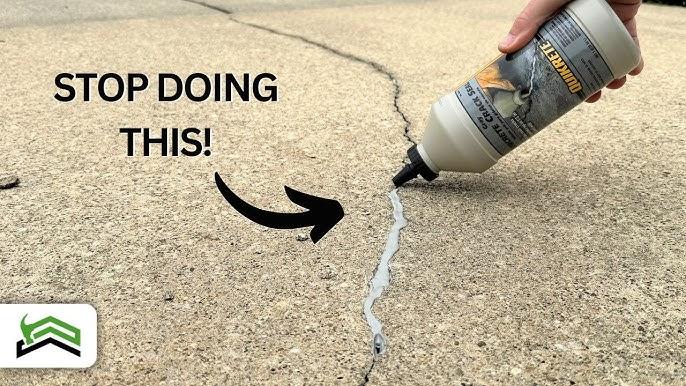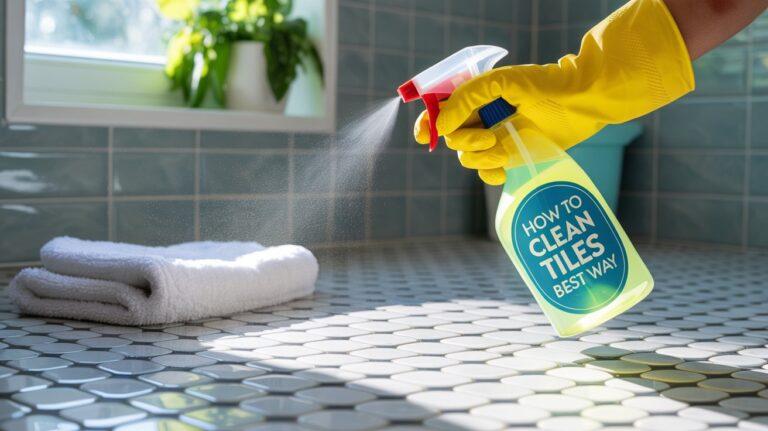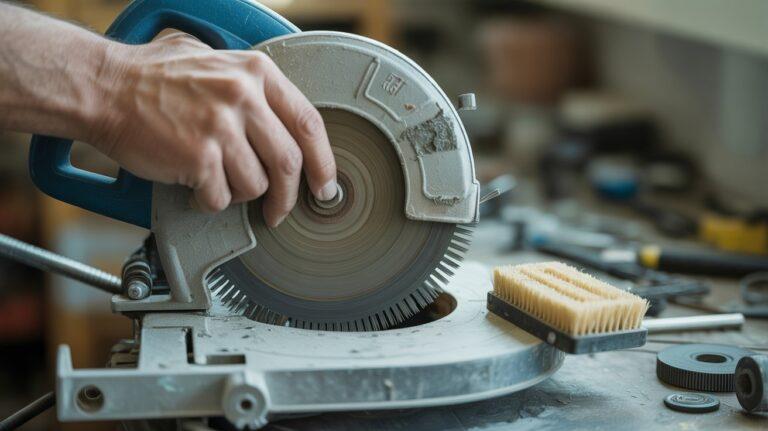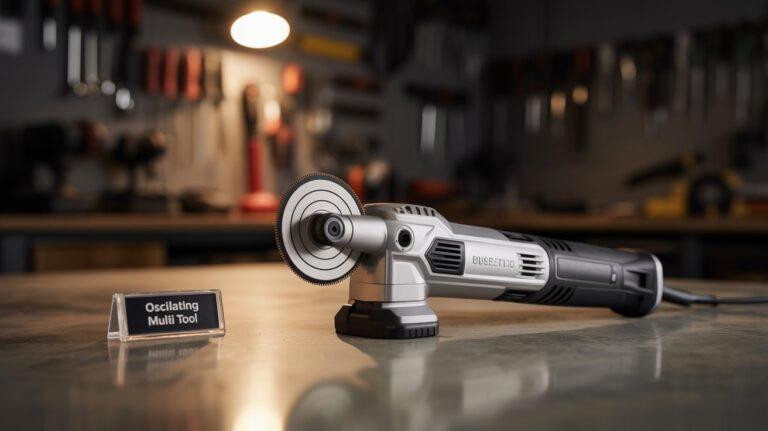How to Add Transmission Fluid to A Sealed Transmission: Expert Tips
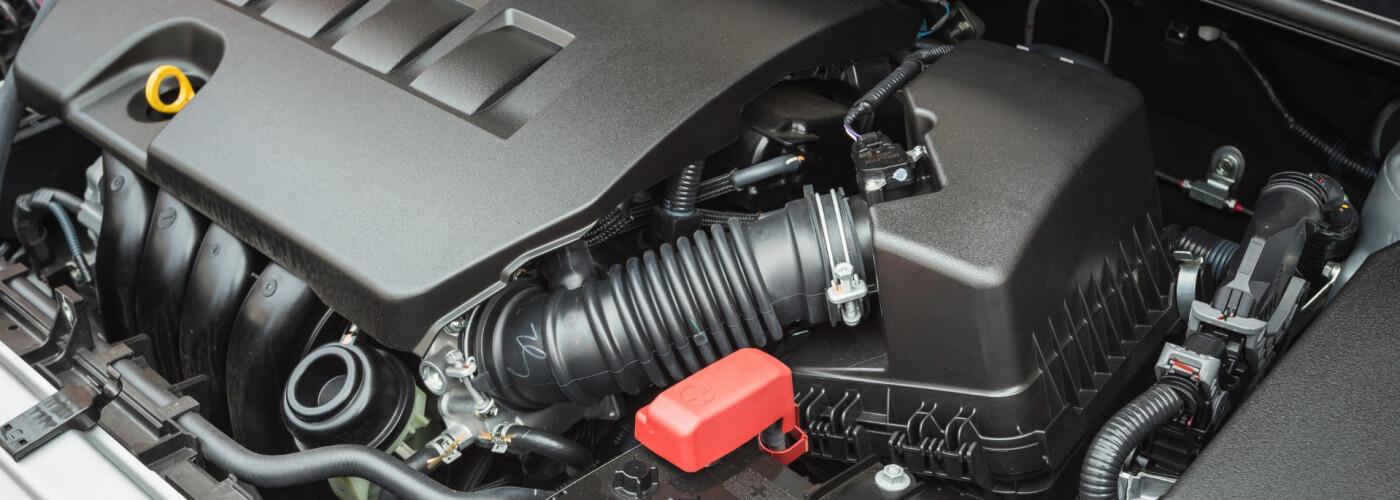
To add transmission fluid to a sealed transmission, locate the filler plug and use a pump to inject fluid. Ensure the car is level and check the manual for the correct procedure.
Servicing a sealed transmission, often thought to be maintenance-free, can extend its life and improve vehicle performance. Sealed transmissions lack a traditional dipstick, making it challenging to check and refill fluid. Autocare demands precision, and with the right tools and knowledge, DIY enthusiasts can tackle the task of adding transmission fluid to their sealed systems.
This introduction of transmission maintenance illuminates the significance of adhering to vehicle-specific guidelines and underscores the necessity of consulting the owner’s manual. Regular maintenance, including transmission fluid checks, is vital for the smooth operation of any vehicle, ensuring its longevity and reliability on the road.
Introduction To Sealed Transmissions
Sealed transmissions are becoming the norm in modern vehicles. Unlike their traditional counterparts, these systems are designed for longevity and low maintenance.
Understanding the nuances of these advanced transmission types is crucial for proper vehicle care.
Defining Sealed Transmission Systems
A sealed transmission system, as its name suggests, is not meant for regular servicing.
It comes without a dipstick or a serviceable filter.
This design aims to keep the transmission fluid inside for the life of the vehicle, barring any leaks or damage.
Differentiating Between Sealed And Traditional Transmissions
- No dipstick: Sealed transmissions lack the dipstick found in traditional systems.
- Service intervals: They have extended service intervals or are considered maintenance-free.
- Component design: Built with longevity in mind, the components differ slightly.
Advantages And Challenges Of Sealed Transmissions
| Advantages | Challenges |
|---|---|
| Reduced maintenance needs | Complex servicing process |
| Longer fluid life | Harder to diagnose issues |
| Better protection against contaminants | Professional service often required |
Understanding The Need For Fluid Maintenance
Regular maintenance of your vehicle’s transmission fluid is critical for smooth operation and longevity. Sealed transmissions may seem maintenance-free, but they too require attention over time. This post delves into the specifics of keeping your sealed transmission in top condition.
The Role Of Transmission Fluid In Sealed Systems
Transmission fluid plays a vital role in keeping your vehicle’s transmission system running smoothly. It acts as a lubricant, coolant, and hydraulic fluid. In sealed systems, it must last longer as these are not designed for regular fluid changes.
Identifying Signs Of Low Fluid Levels
- Difficulty in shifting gears
- Transmission slipping
- Overheating transmission
- Unusual noises when driving
These signs indicate your sealed transmission could require a fluid check.
Consequences Of Neglecting Fluid Maintenance
Neglecting fluid maintenance can lead to costly repairs and reduced performance. Over time, old fluid can degrade, leading to:
| Consequence | Impact |
|---|---|
| Increased friction | Wear on transmission parts |
| Heat build-up | Potential transmission failure |
| Contaminants | Blocking of passage ways |
Safety And Preparatory Steps
Before you begin working on a sealed transmission, it’s crucial to take the right safety and preparatory steps. Doing so ensures not only your safety but also the proper functioning of your vehicle’s transmission. Let’s walk through the indispensable preparations you should make.
Safety Precautions Before Starting The Procedure
Adding transmission fluid to a sealed transmission demands utmost care. Follow these safety precautions:
- Wear gloves: Protect your hands from fluid and hot components.
- Safety glasses: Guard your eyes against splashes.
- Park in a well-ventilated area: Ensure proper airflow to avoid inhaling fumes.
- Engage parking brake: Secures the vehicle from rolling.
- Allow engine to cool: Wait until the engine temperature drops to prevent burns.
Gathering Necessary Tools And Materials
Having the right tools and materials at your side simplifies the process:
- Transmission fluid: Check your vehicle’s manual for the correct type.
- Funnel with a flexible hose: Makes adding fluid cleaner and easier.
- Car jack and jack stands: For lifting and securing the vehicle.
- Torque wrench: To open and properly tighten the fill plug.
- Gloves and safety glasses: For personal protection.
- Clean rags: For wiping spills and cleaning hands.
Vehicle Positioning And Accessing The Transmission
Proper vehicle positioning is crucial for a successful fluid check and refill:
- Lift the car: Use the car jack to raise the vehicle off the ground.
- Secure with jack stands: Place jack stands under designated points for stability.
- Locate the transmission: Check your manual for the exact spot.
- Find fill plug: It’s usually on the transmission’s side.
- Ensure level position: Use a spirit level if necessary to confirm the car is even.
Your car is now prepped and positioned for the next steps in adding transmission fluid.
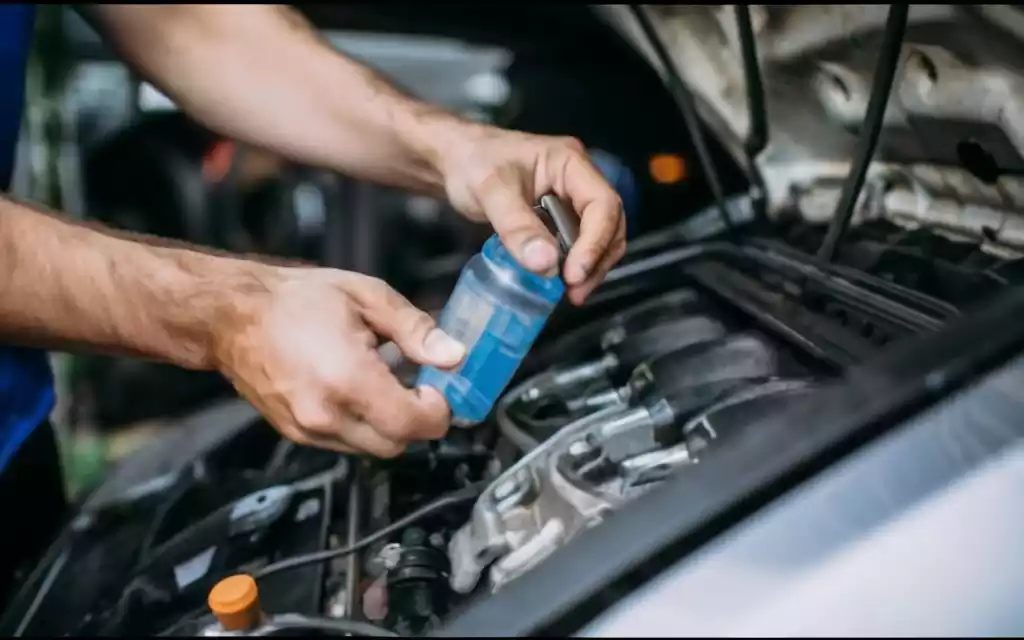
Step-by-step Guide To Adding Fluid To Sealed Transmissions
Welcome to the step-by-step guide on adding fluid to sealed transmissions. Sealed transmissions may seem challenging to service. However, maintaining the correct transmission fluid level is crucial for the smooth operation of your vehicle. Let’s get started on ensuring your car’s transmission runs reliably.
Locating The Filler Plug And Fluid Checkpoint
- Consult the owner’s manual to find the exact location of the filler plug.
- Park your car on a level surface and engage the parking brake.
- Start the engine to reach operating temperature. This will ensure accurate fluid level measurements.
- Locate the filler plug, often labeled or near the transmission dipstick, if present.
Determining The Correct Type And Amount Of Fluid
- Check the owner’s manual for the recommended fluid type.
- Ensure you have the correct amount by consulting the manual’s specifications.
Procedure For Adding Fluid To The Transmission
- Remove the filler plug using the proper tools.
- Use a funnel to add fluid slowly and avoid overfilling.
- Periodically check the level to prevent excess fluid.
- Reinstall the filler plug by hand to avoid cross-threading.
Ensuring Proper Fluid Level And Sealing The System
- Start the car and cycle through gears to distribute the fluid.
- Check for leaks around the filler plug.
- Confirm fluid level with engine running and add more if needed.
- Tighten the filler plug securely to seal the transmission system.
Post-maintenance Checks And Test Drive
After topping up a sealed transmission with fluid, thorough checks ensure everything runs smoothly. A proper test drive can highlight any underlying issues. Make sure you don’t skip these vital steps!
Inspecting For Leaks And Other Issues
Always inspect for leaks first. Start with the vehicle level on ground. Look under the car for fresh drips. Pay special attention to the transmission area.
- Check under the car for fluid spots.
- Examine the transmission’s housing.
- Monitor seals and gaskets for wetness.
If everything seems dry, move on to checking other components. Hoses and connections must be secure and intact.
Conducting A Test Drive To Assess Performance
A test drive reveals fluid effectiveness. A smooth ride means you’ve likely hit the mark with the fluid level.
- Drive through different speeds.
- Notice shifts between gears.
- Listen for unusual sounds.
If you detect rough shifting or hear whining noises, reassess the fluid level and quality.
Monitoring Transmission Behavior Post-maintenance
Observing the transmission over the next few drives is critical. Look for red flags: jarring shifts, slipping gears or warning lights. These signs might indicate a need for professional help. Keep a close watch on the dashboard for any transmission alerts.
- Monitor the transmission for immediate response.
- Watch for transmission warning lights on the dash.
- Check fluid levels again after a few drives.
Professional Assistance And When To Seek It
Professional Assistance and When to Seek It becomes crucial when dealing with the particularities of a sealed transmission. While many car enthusiasts are adept at performing routine maintenance, adding transmission fluid to a sealed system presents unique challenges.
Limitations Of Diy Fluid Addition In Sealed Transmissions
Tackling a sealed transmission requires special tools and knowledge. Detailed understanding of the vehicle’s transmission system is essential. Without it, you risk damaging the transmission. The absence of a dipstick complicates the process. Incorrect fluid levels can lead to poor performance or damage.
Benefits Of Professional Maintenance Services
Experts possess the required diagnostics to ensure proper fluid levels. Their experience prevents potential mistakes. A professional service offers:
- Accurate diagnostics to determine fluid needs
- Precise fluid handling with specialized equipment
- Warranty protection through authorized service
Finding A Reliable Mechanic For Sealed Transmission Systems
Research is key for locating a skilled mechanic. Start with online reviews and certifications. Ask for referrals. Your selected mechanic should have:
| Qualification | Experience | Reviews |
|---|---|---|
| Certifications | Sealed transmissions | Positive feedback |
Correct fluid addition in sealed transmissions maintains vehicle performance and longevity. Seek professionals when in doubt.
Maintenance Tips And Best Practices
Keeping your sealed transmission in peak condition requires knowing the right maintenance steps. This guide highlights essential practices for adding fluid to a sealed transmission.
Regular Maintenance Schedule For Sealed Transmissions
A well-maintained vehicle is a reliable companion on the road. Sealed transmissions still need regular checks, even if they aren’t designed for frequent servicing. Follow these steps to ensure your transmission runs smoothly:
- Check the transmission fluid level every 50,000 miles, even if your manufacturer claims your transmission is “maintenance-free”.
- Look for signs of leaks whenever you service your vehicle.
- Have a professional inspect your transmission regularly.
Using The Right Fluids: Oem Vs. Aftermarket
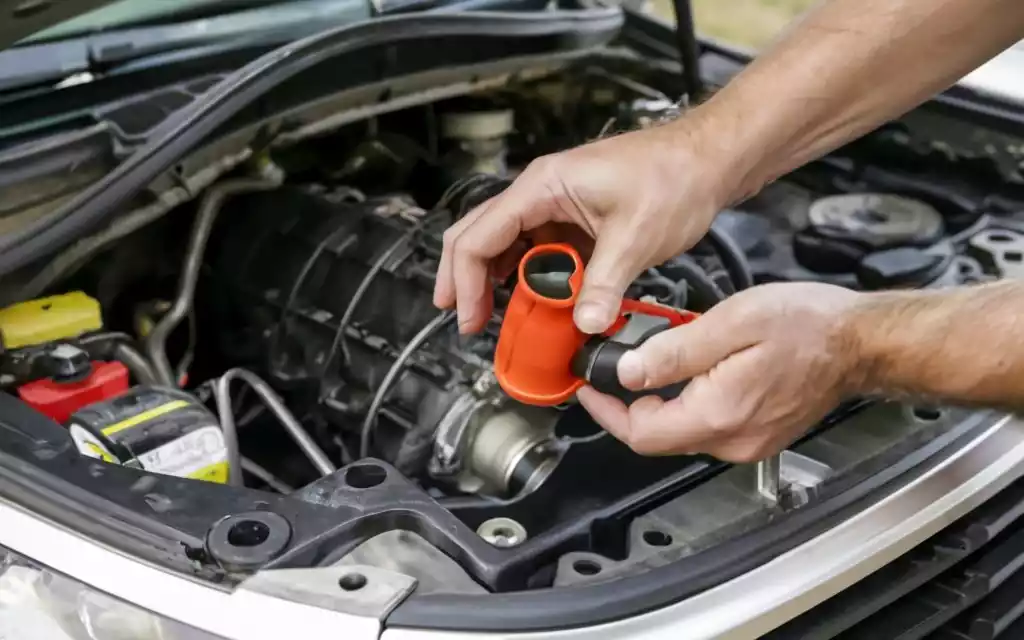
Selecting the right transmission fluid is crucial for your car’s performance. Always consult your vehicle’s manual before making a choice:
| OEM Fluids | Aftermarket Fluids |
|---|---|
| Specifically designed for your vehicle model | Generic options that fit various models |
| Recommended by most car manufacturers | Can be less expensive but risky |
| Ensure warranty compliance | Use only if they meet vehicle specifications |
When in doubt, opt for OEM fluids to maintain optimal functionality and avoid transmission issues.
Long-term Care For Sealed Transmission Longevity
Longevity in a sealed transmission comes from continuous attention to detail. Keep these pointers in mind:
- Never skip scheduled service appointments.
- Use only the manufacturer-recommended transmission fluid.
- Keep your transmission cool during heavy use to prevent overheating.
- Treat any transmission issues immediately to avoid escalation.
Protect your investment by adhering strictly to these best practices for a seamless driving experience.
Frequently Asked Questions
Can You Add Fluid To A Sealed Transmission?
Yes, you can add fluid to a sealed transmission through a fill plug or a service port designed for maintenance tasks. Check your vehicle’s manual for the correct procedure.
How To Know If Transmission Fluid Is Low On Sealed Transmission?
Check the vehicle’s dashboard for transmission warning lights. Consult the owner’s manual for checking procedures, as sealed transmissions generally lack a dipstick. Alternatively, visit a mechanic for a professional assessment.
Can You Check Fluid Level On A Sealed Transmission?
Checking fluid levels in a sealed transmission typically requires a professional. They use specialized tools to access the system and measure the fluid accurately. Regular drivers cannot check it themselves.
Can You Put A Dipstick On A Sealed Transmission?
Many sealed transmissions do not have a provision for a dipstick. Retrofitting one typically requires specialized aftermarket kits or professional modification, if feasible at all. Always consult your vehicle’s manufacturer or a trained mechanic before attempting changes to transmission components.
Can You Check Sealed Transmission Fluid Levels?
To check sealed transmission fluid levels, use the vehicle’s dipstick or diagnostic port if available, as some sealed units don’t provide a traditional dipstick.
Conclusion
Maintaining your vehicle’s sealed transmission need not be daunting. With the right tools and guidance, adding transmission fluid becomes a manageable task. Ensure regular checks to prevent issues and extend your car’s lifespan. Remember, consult your manual or a professional for the best results.
Drive safe and keep your transmission smoothly running.

I am Robert Sandin, a professional sealing expert with a diverse range of expertise. From concrete to various other materials, I possess in-depth knowledge and experience in the art of sealing. On my website, I offer valuable tips and expert recommendations on sealing techniques and products for different materials. Whether it’s concrete, wood, metal, or more, I am committed to providing you with the guidance you need for successful sealing projects.

